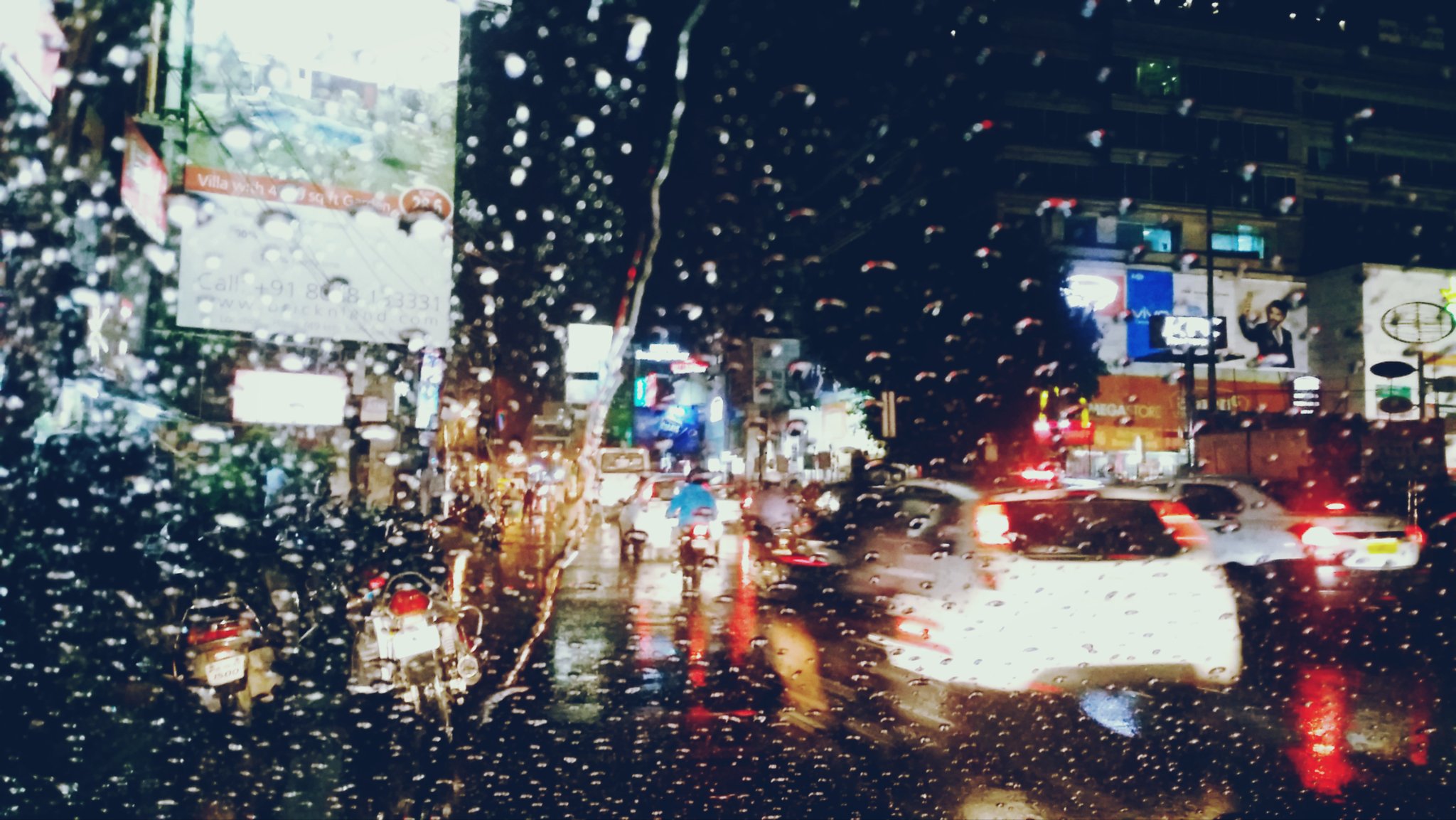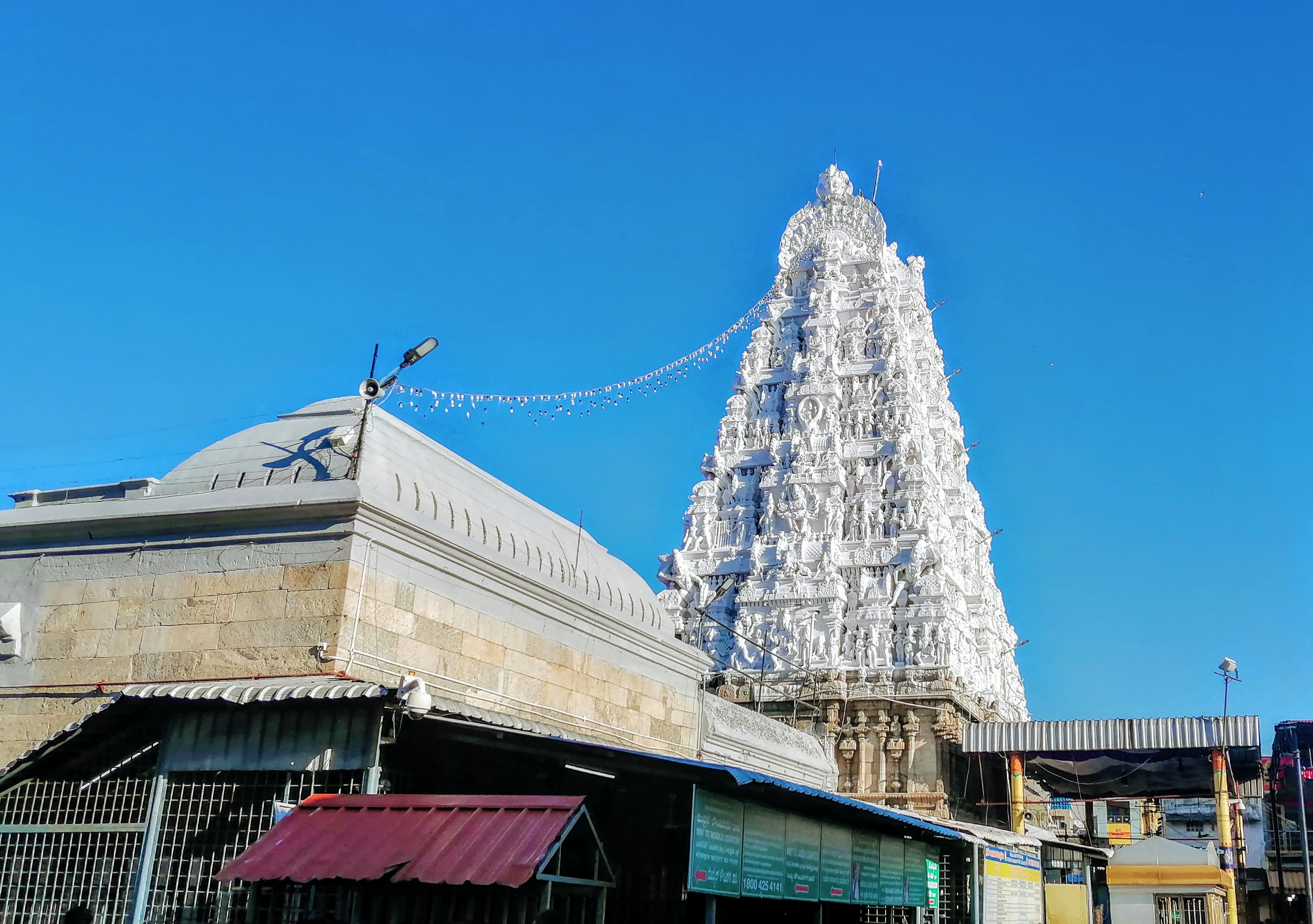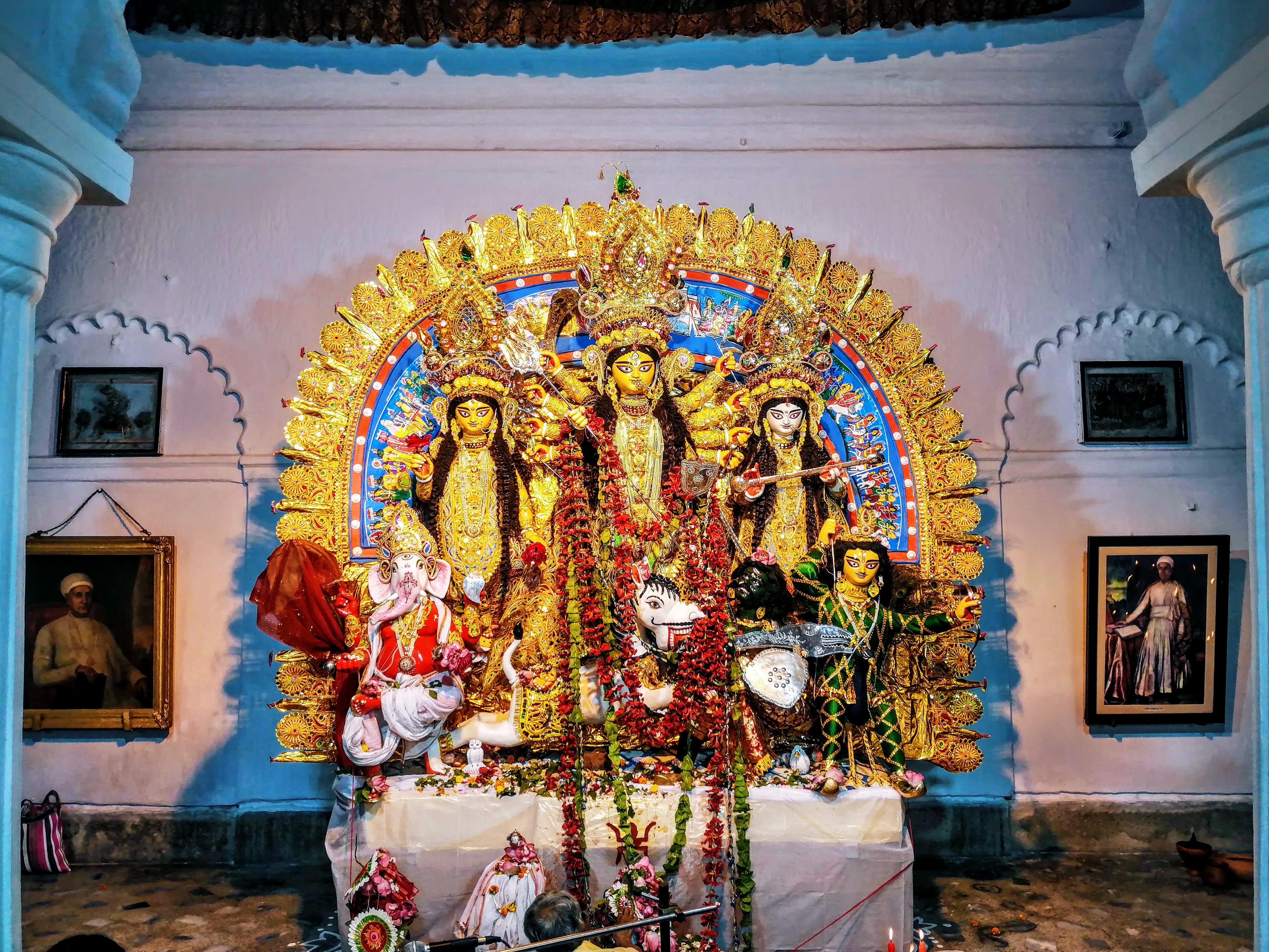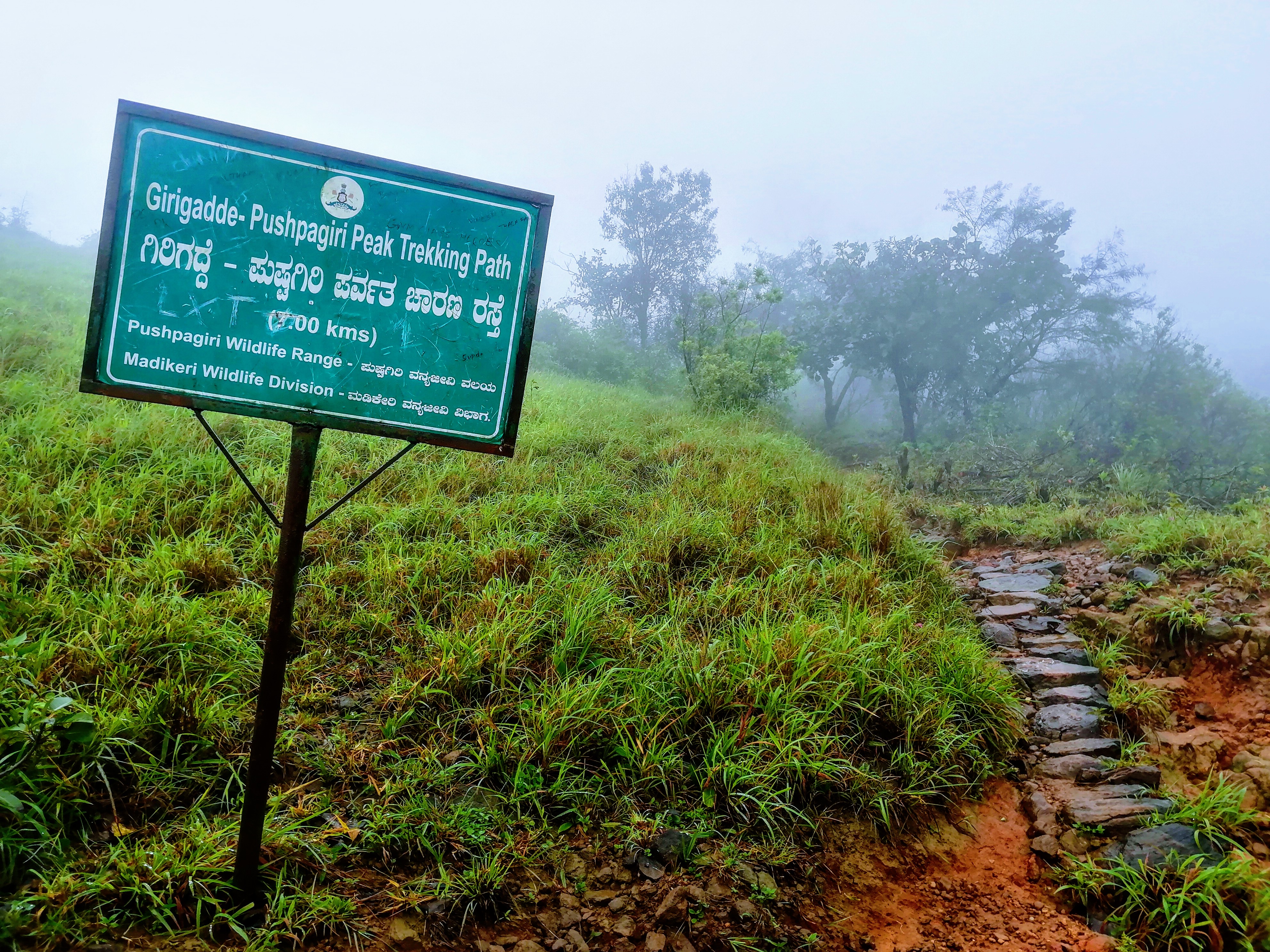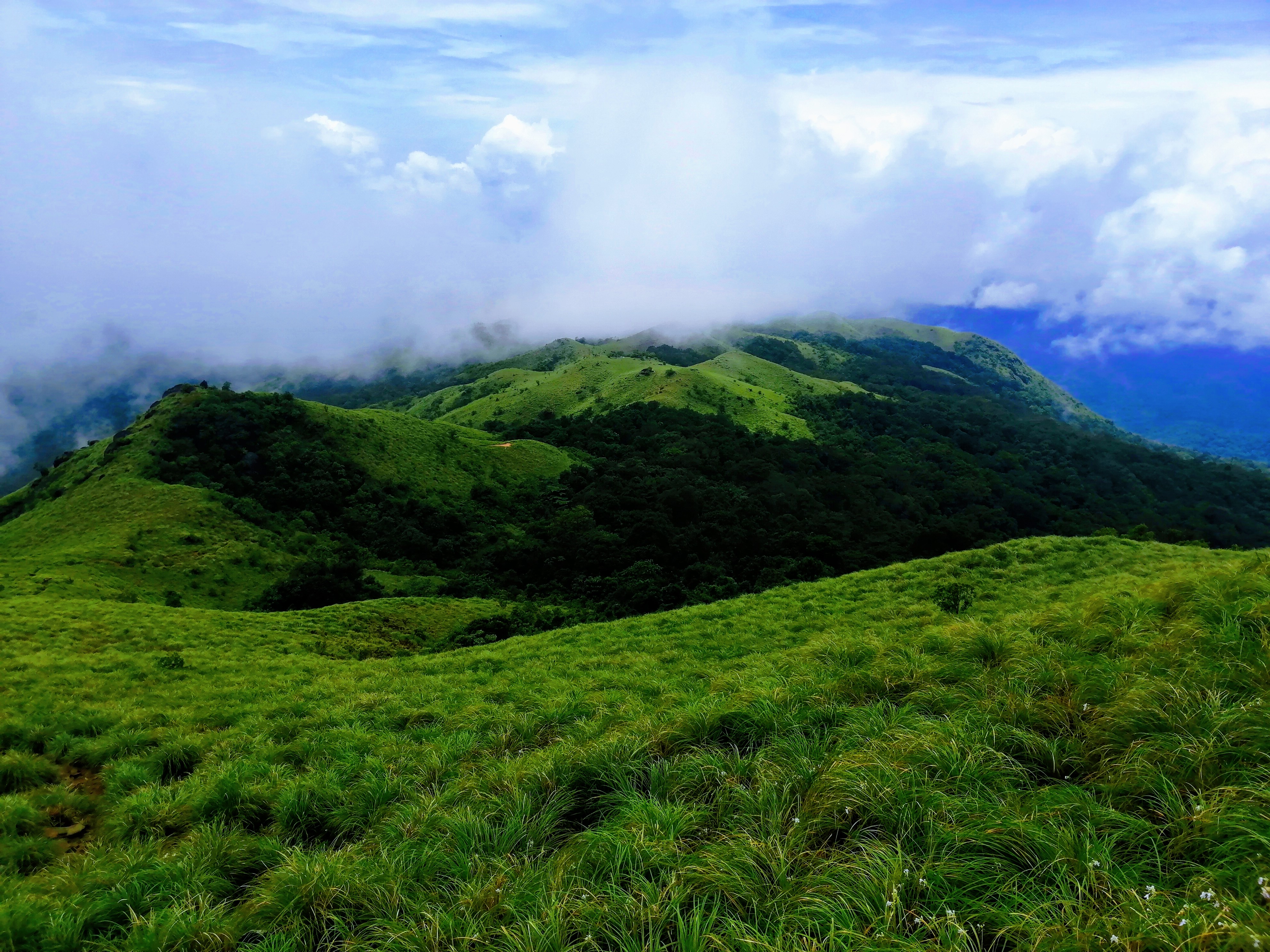After my last hill-fort trek experiences of Lohagad and Sinhagad during the summers of 2016, I was keen to witness the scenic Sahyadris during the monsoons this time.
10:00 AM, 17th July 2019: It was a rainy Wednesday morning and we were standing at Velhe, the base village for the Torna Fort trek. It being a weekday, we were not expecting much of a crowd and our expectations didn’t disappoint.
We started the climb in our raincoats, with water-bottles and some snacks in our backpacks. It was raining on and off. It is not at all recommended to trek Torna during the monsoons unless you are an expert trekker. We were not sure about our expertise, but decided to give it a try. As the saying goes, “You never know until you try”.
The Torna trail is not one of those where you should go unplanned. If you are serious about making it to the top, you should at-least have some basic idea of what to expect from the trek.
Initially the trek starts like a normal walk amidst the trees and the slope gets steeper as you progress. The starting phase of the trek has red soil which gets muddy and slippery during rain. Small granular stones on the track make it slippery and difficult to maintain continuous balance.

Once you have crossed this area, then comes the most difficult part of the trek. The rocky part, which is more difficult and slippery if you are climbing during rain. There are railings installed at some places to help us with the grip. One just can’t climb through these rocks without holding onto any support. According to me this was the most challenging part of the trek.
Some places on the trek demands hundred percent of your focus where you can’t afford to be careless for a bit. It was very foggy and misty all along. Nothing more than a distance of fifty meters was visible, making it very difficult to predict the remaining climb to be covered.
We went on with the flow and helped each other on the climb. After an hour and twenty minutes, we reached Bini Darwaja, which is the entrance to the fort. Once you are in the fort, it is somewhat like a a flat top. But it remained slippery due to the rain. I slipped flat on the ground there after having covered all the difficult parts successfully. Kinda embarrassing to be honest.
We were happy to reach the top so quickly as we had read about others reaching the top in 2-3 hours. Reaching the top was difficult, but getting down through this slippery rocky slope was going to be a different challenge altogether.
Budhla Machi and Zunjar Machi are the two most important points inside the fort. Machis are like watch towers, which are the most important vantage points on any fort. Budhla Machi connects Torna Fort to Rajgad Fort through the Kokan Darwaja, which is a separate trek of 14 kms.
On the way to Budhla Machi, we visited the Mengai Devi Mandir, which is a temple inside the fort that can accommodate up to 25 people for a night camp.
The way from the top of the fort to Zunjar Machi is one of the dangerous parts of the trek. First you have to go down a ladder where the base of the ladder can accommodate only one person at a time, then you have to slide down few big boulders to reach to an end.

After walking for a while, you will get to see a very small door of crawl-able height which will finally lead you to Zunjar Machi. Need to mind your head here and also might need to go on all fours.

Now, if you have reached this far, a grand spectacle awaits you!

Breathtaking, isn’t it? It did take away some of our breath to reach here.
The view from there is massive (prachanda) and is definitely one of the best views I have seen in my life. It was very foggy, but we waited for the fog to clear out.
We explored the fort for the next hour and decided to sit and have some snacks before we started our trek downwards. The descent was as challenging as expected as there was always a threat of slipping and rolling down. Thankfully, we trekked down to the base safely.
Best things in life are unplanned. This was one of such experience for us. This trek was also an experience of many firsts and many things which I haven’t imagined to have done. This will certainly be one of those moments in life which I can always look back and be proud of.
Facts about Torna Fort – Torna Fort, also known as Prachandagad, is a large fort located 60 kms from Pune. It is historically significant because it was the first fort captured by Chhatrapati Shivaji Maharaj in 1646, at the age of 16, forming the nucleus of the Maratha empire. The hill has an elevation of 1,403 meters (4,603 ft) above sea level, making it the highest hill-fort in the district.

Akash Chaudhuri
Email Id: akashchaudhuri93@gmail.com
© All Rights Reserved
** Restricting copying, distribution and recompilation.
18.276937
73.621916
